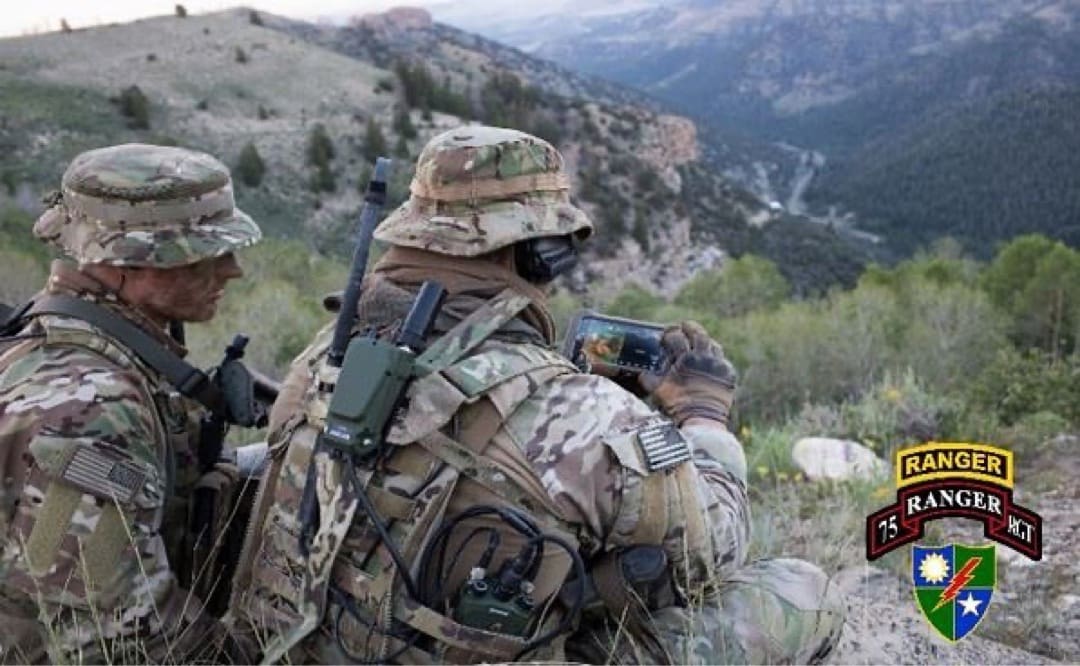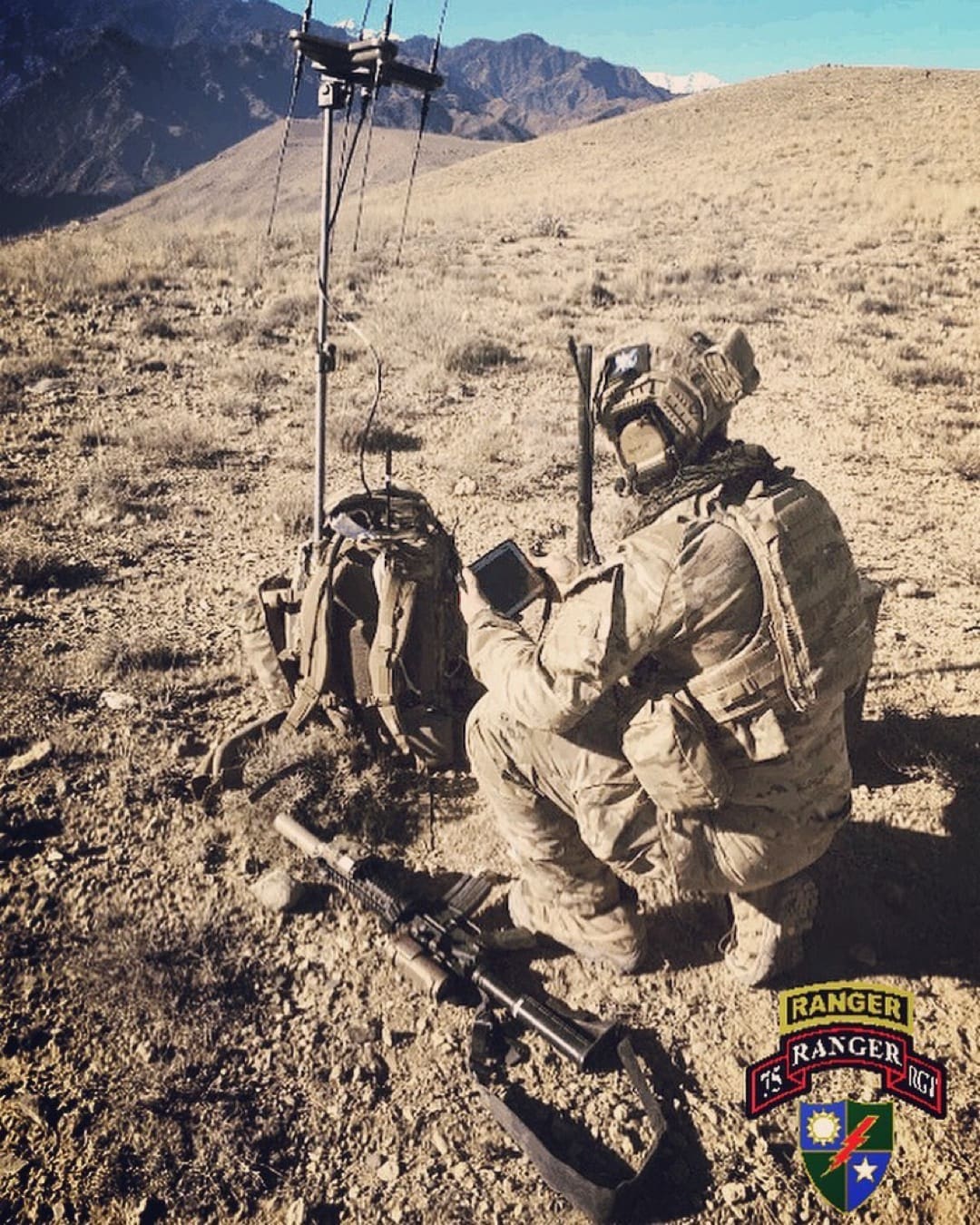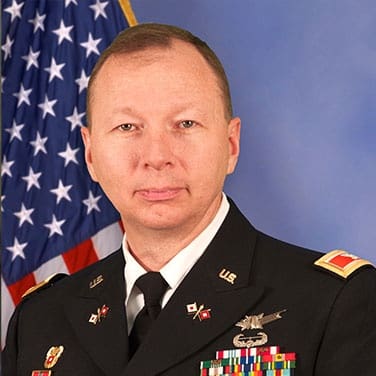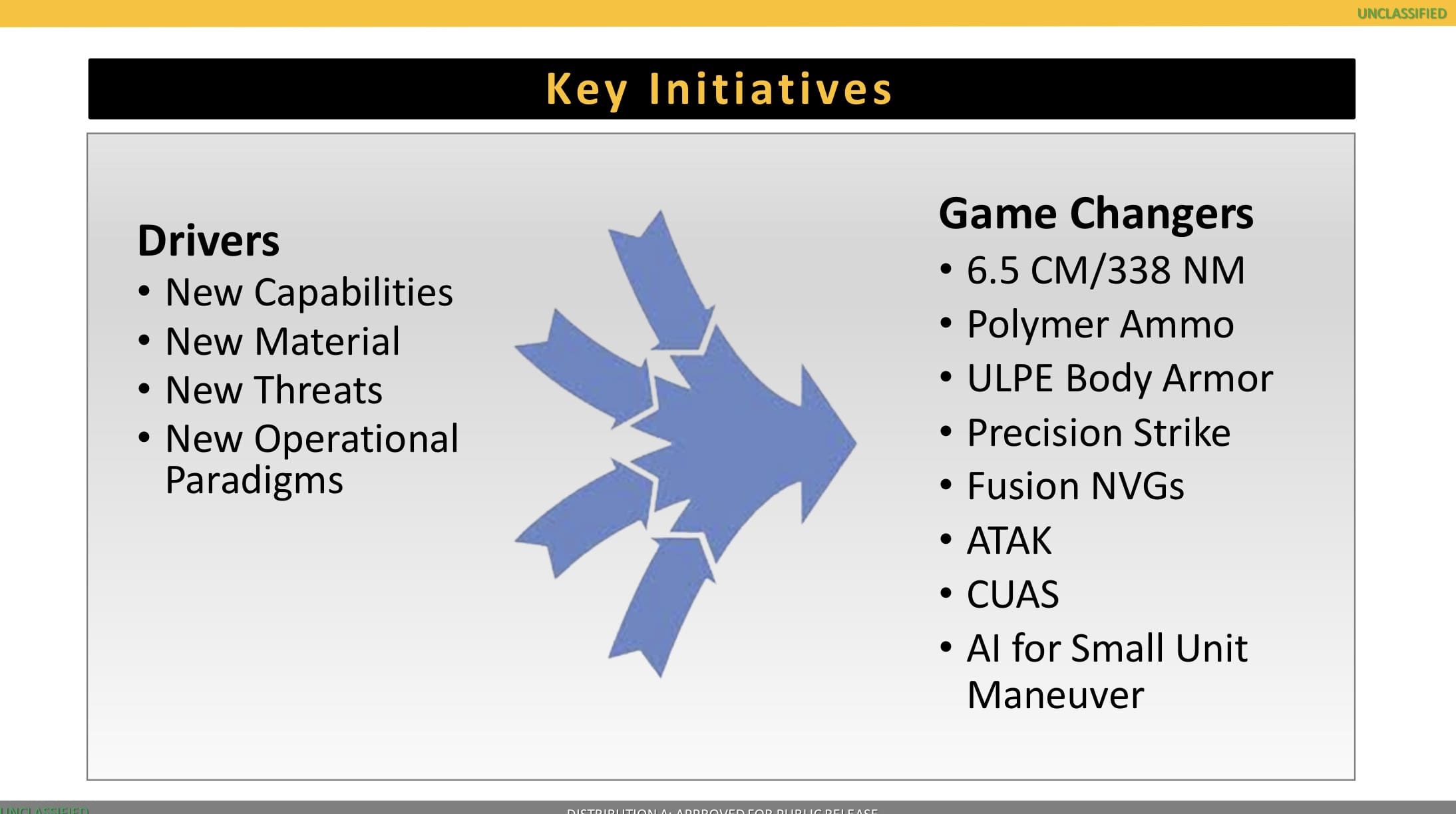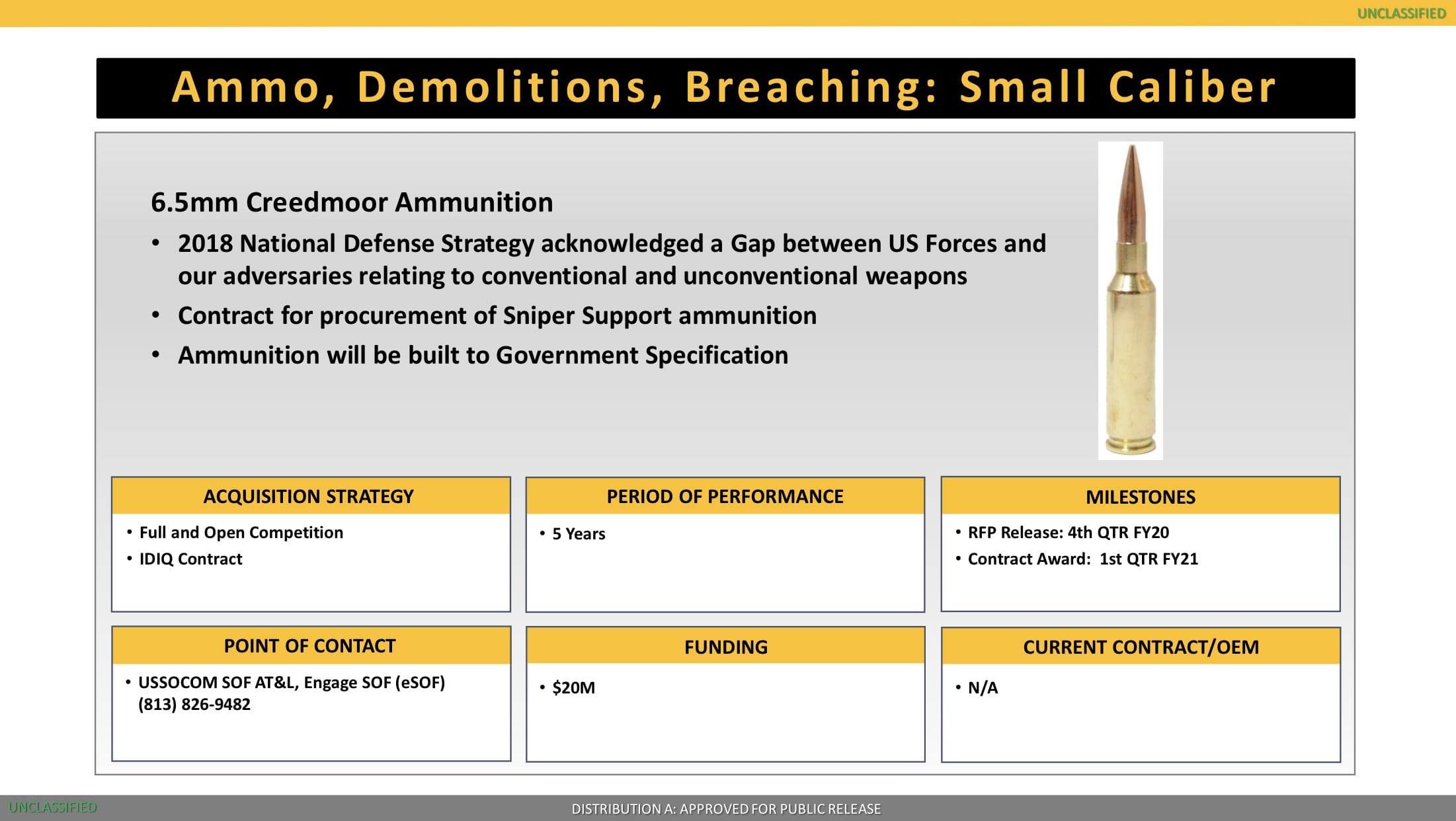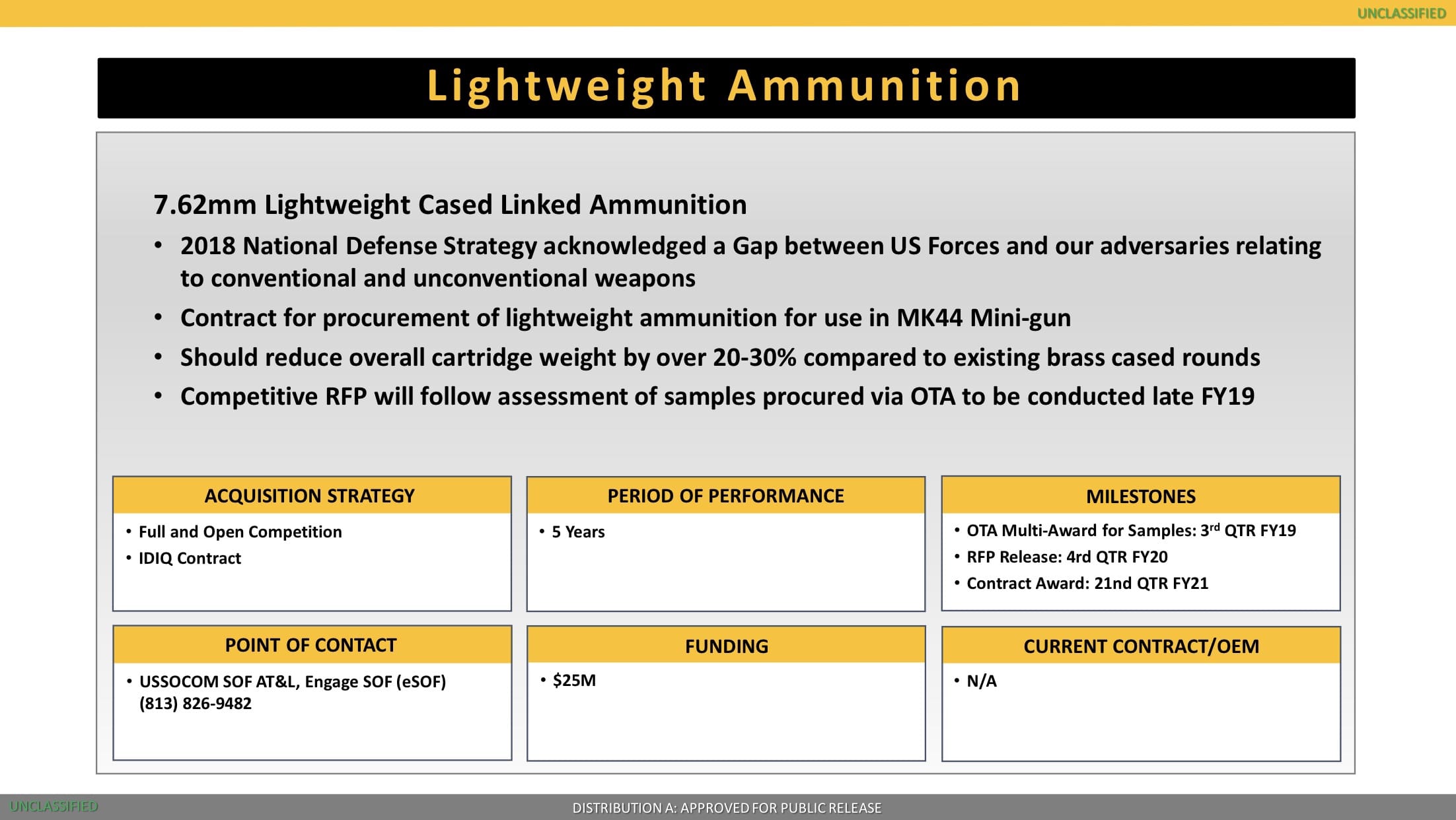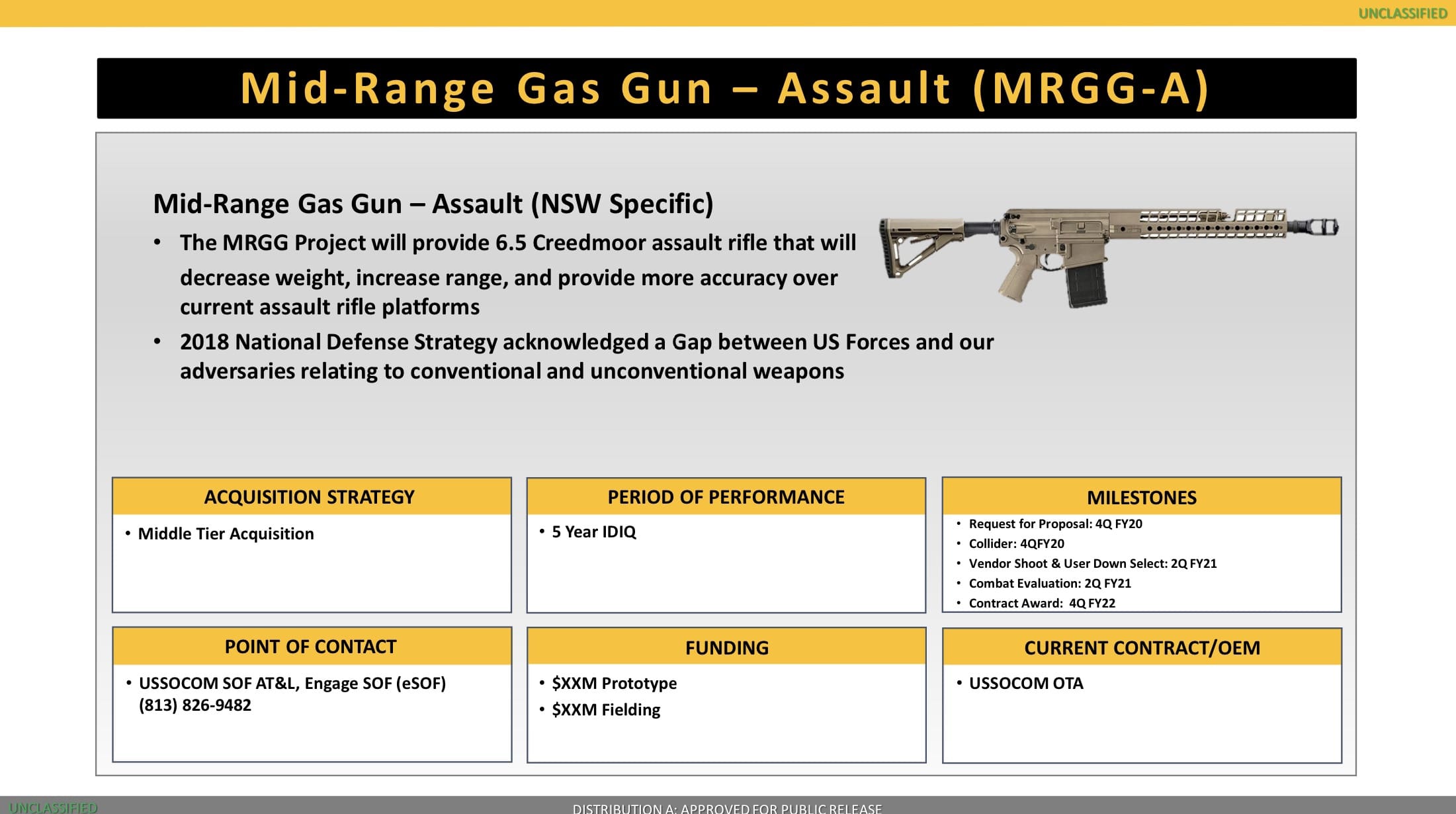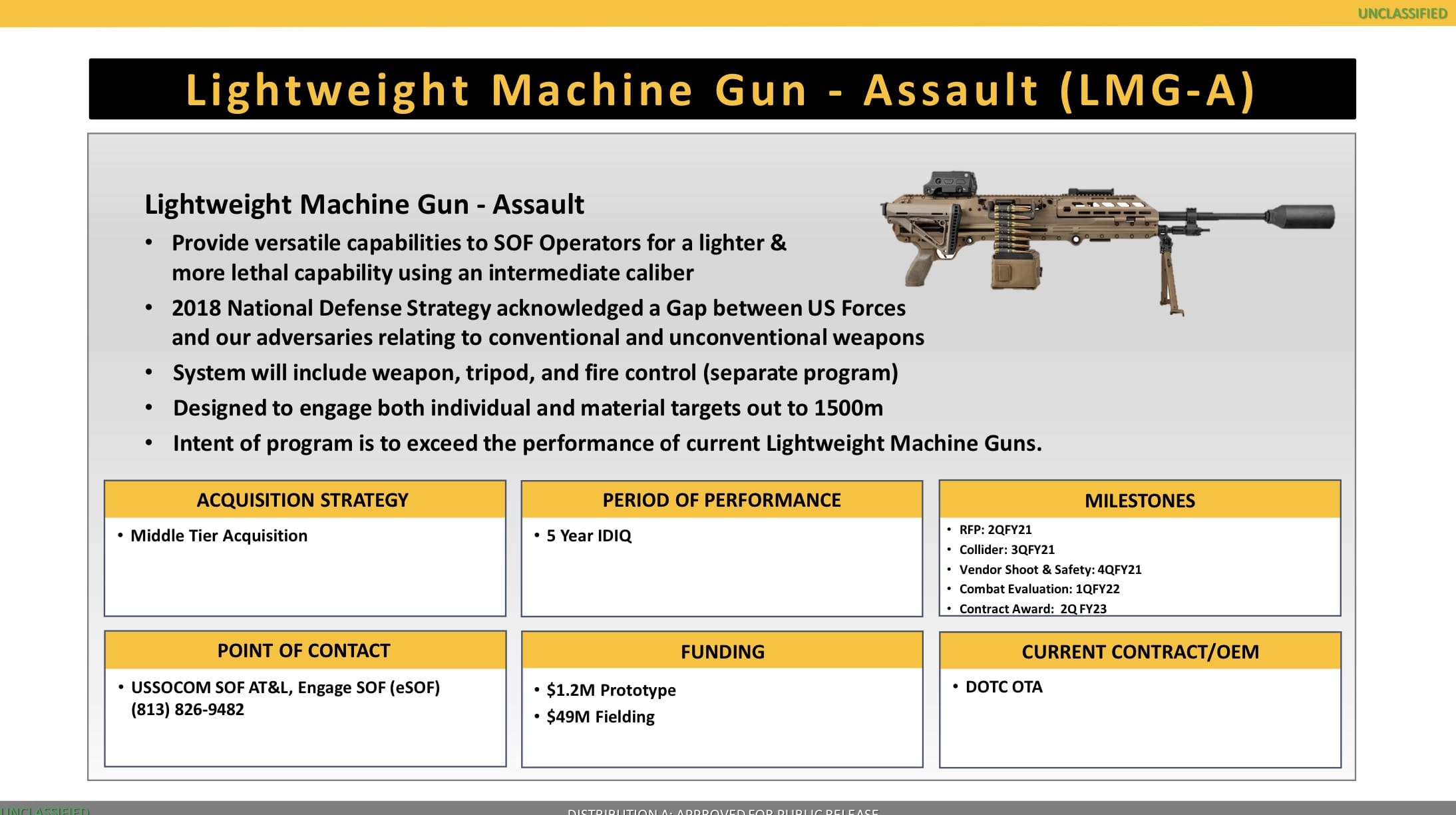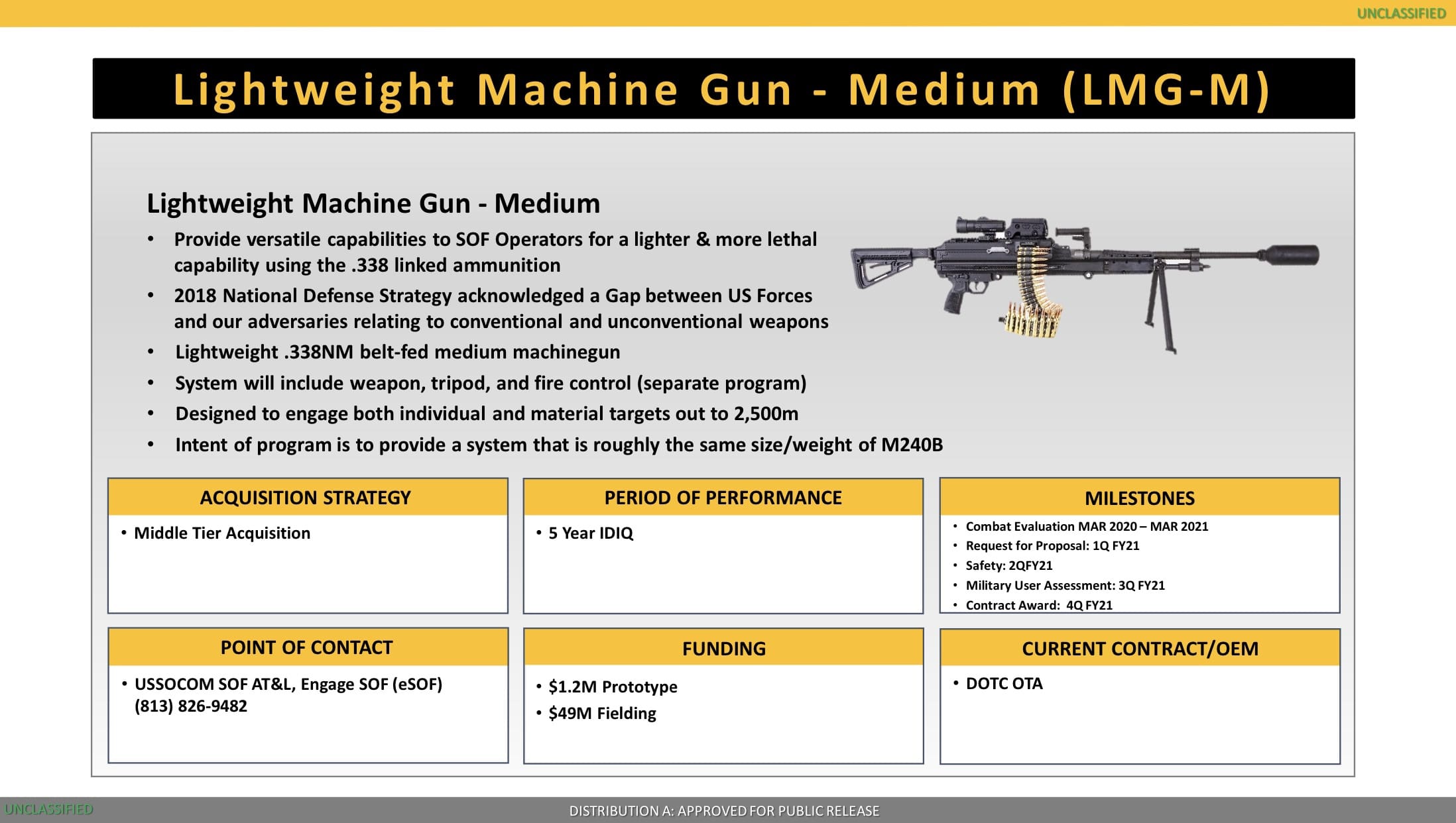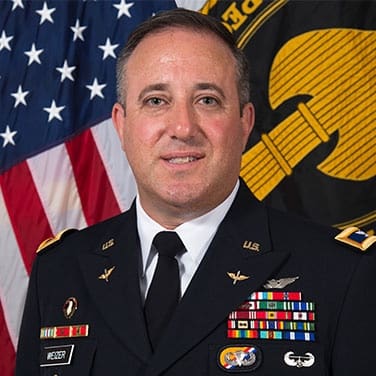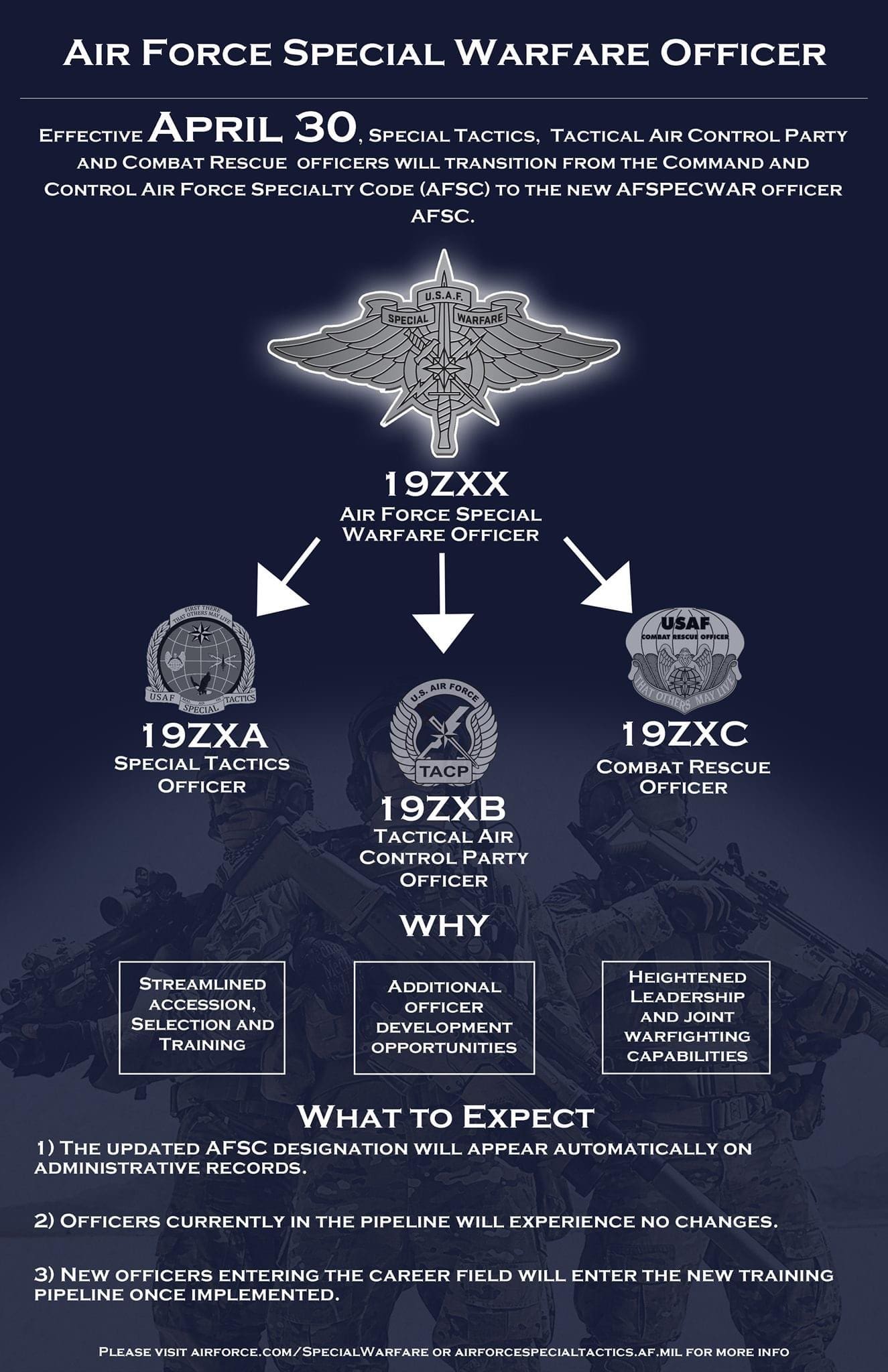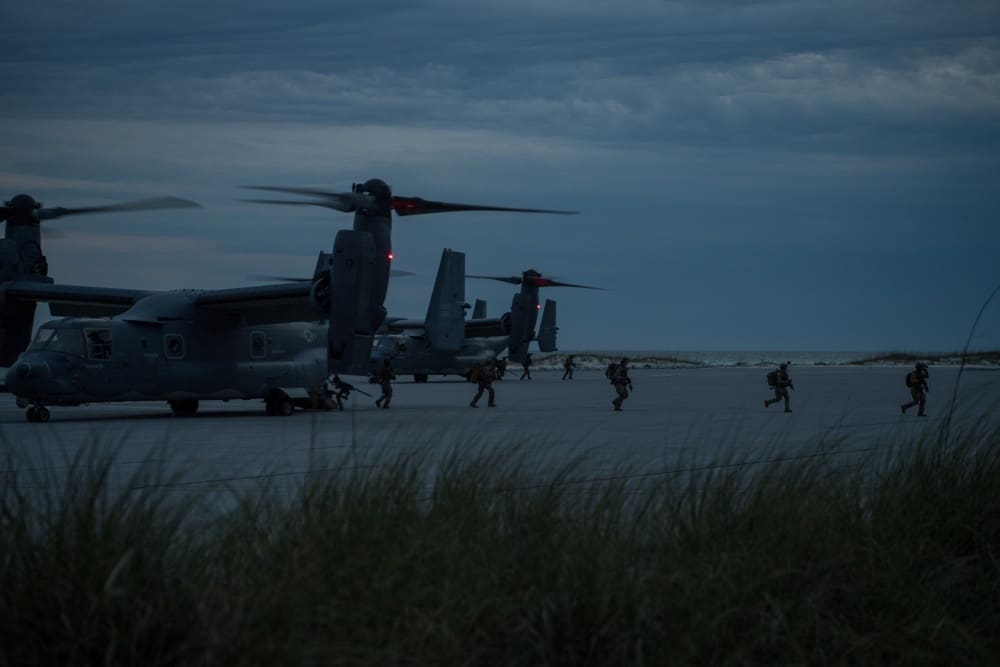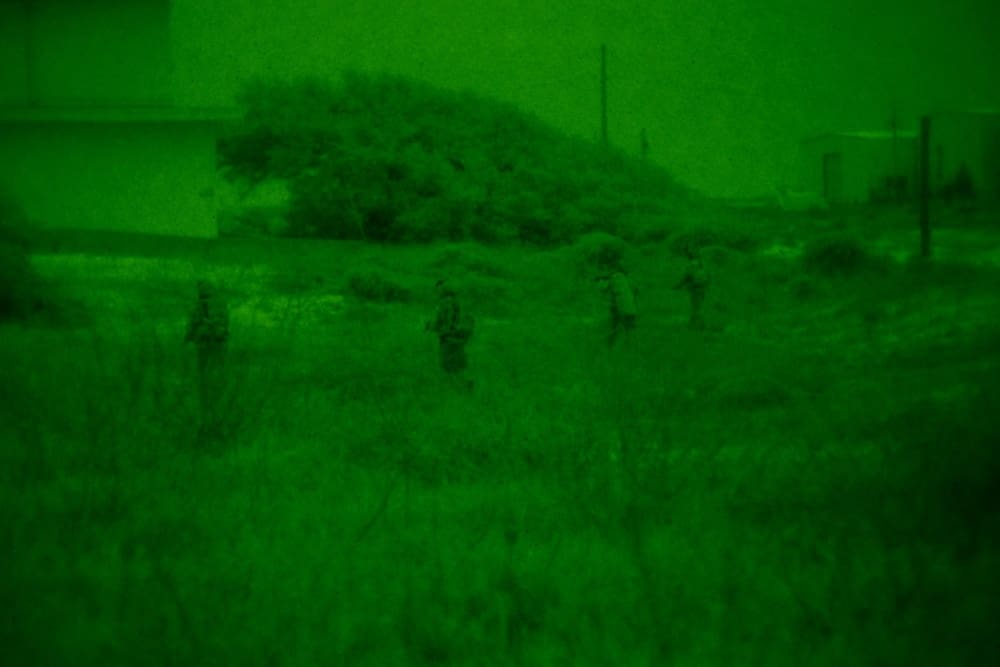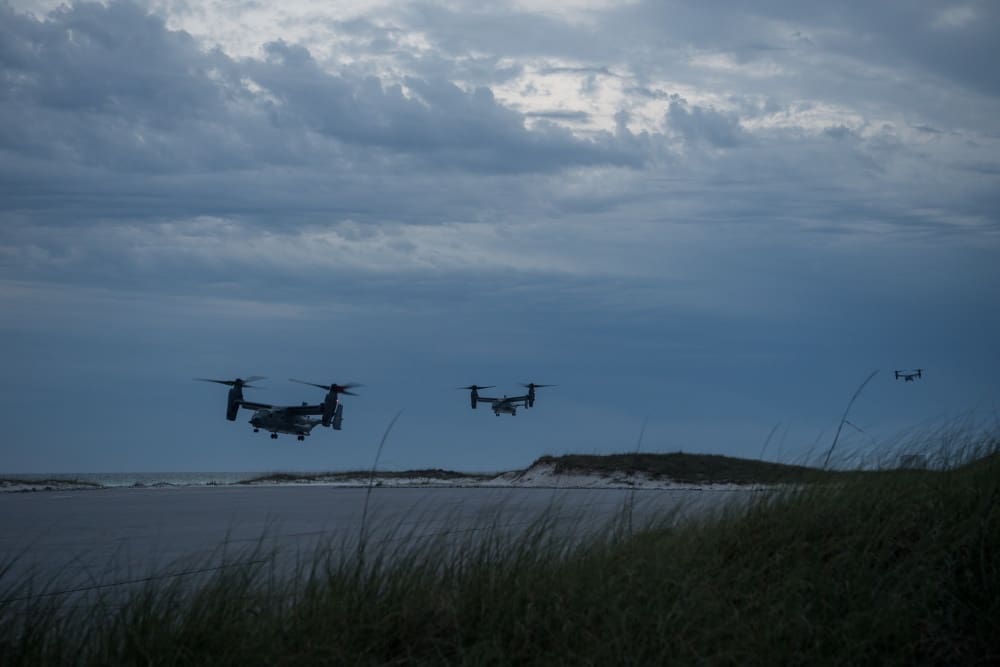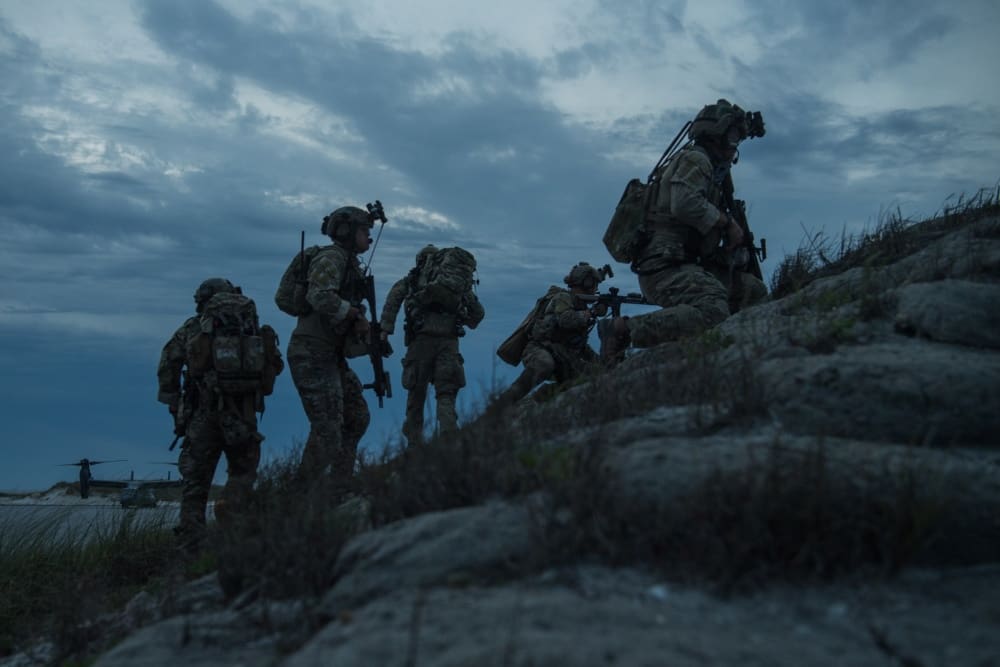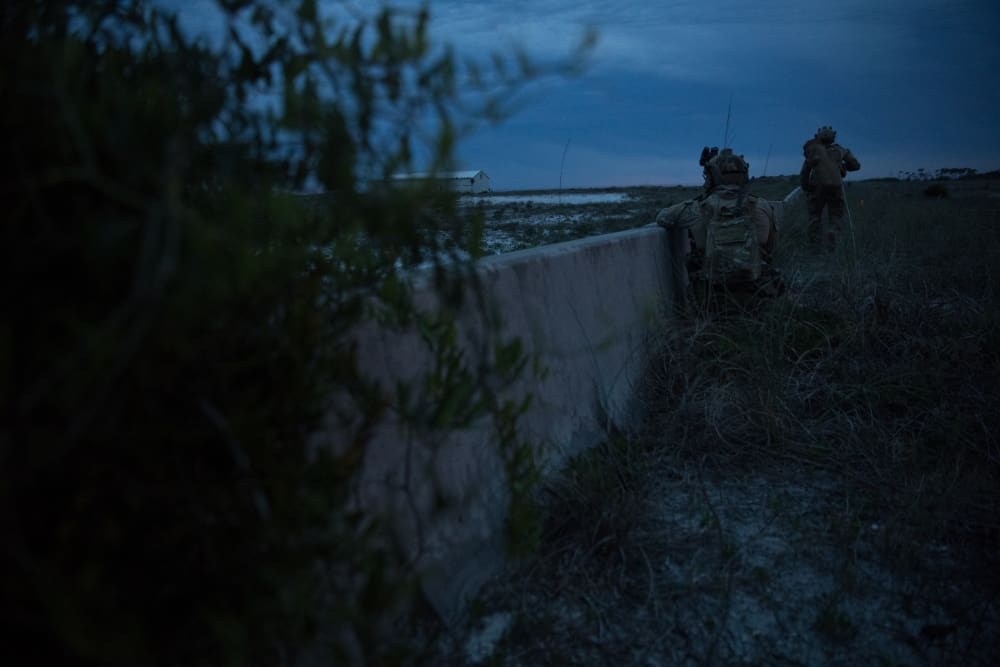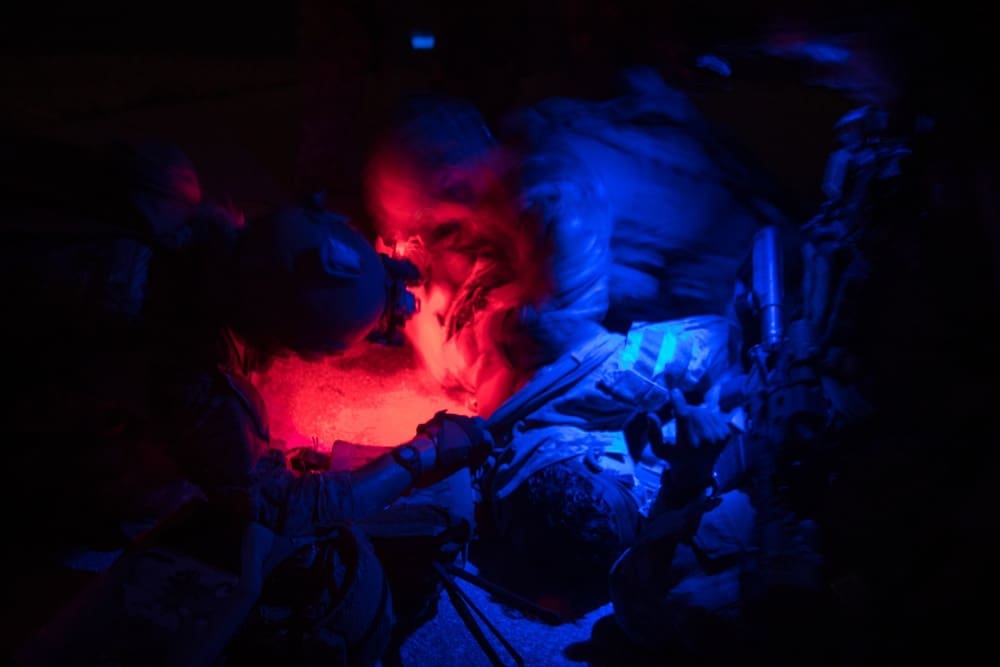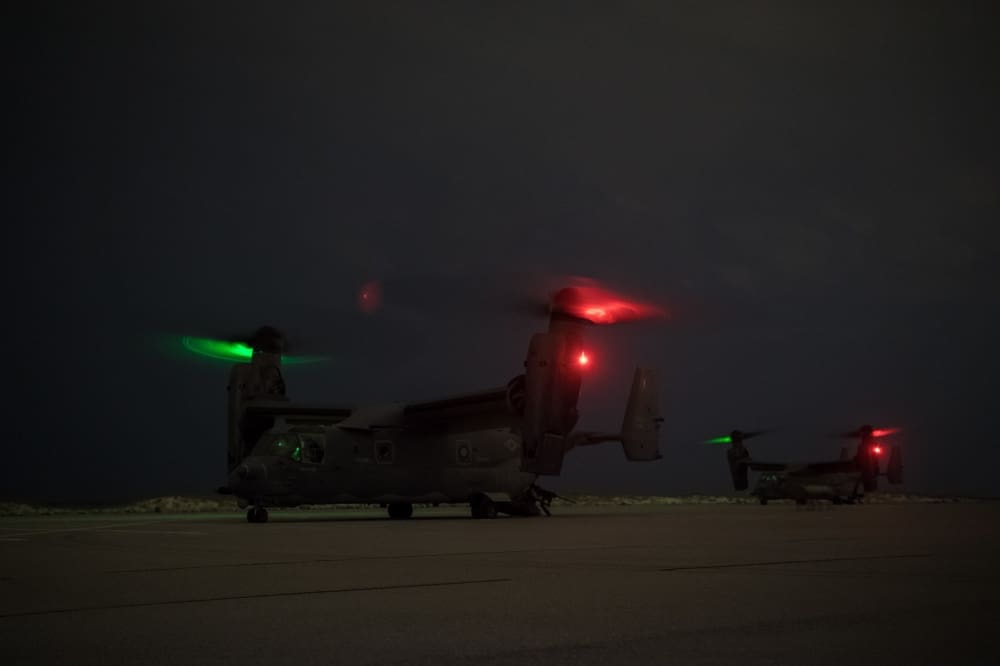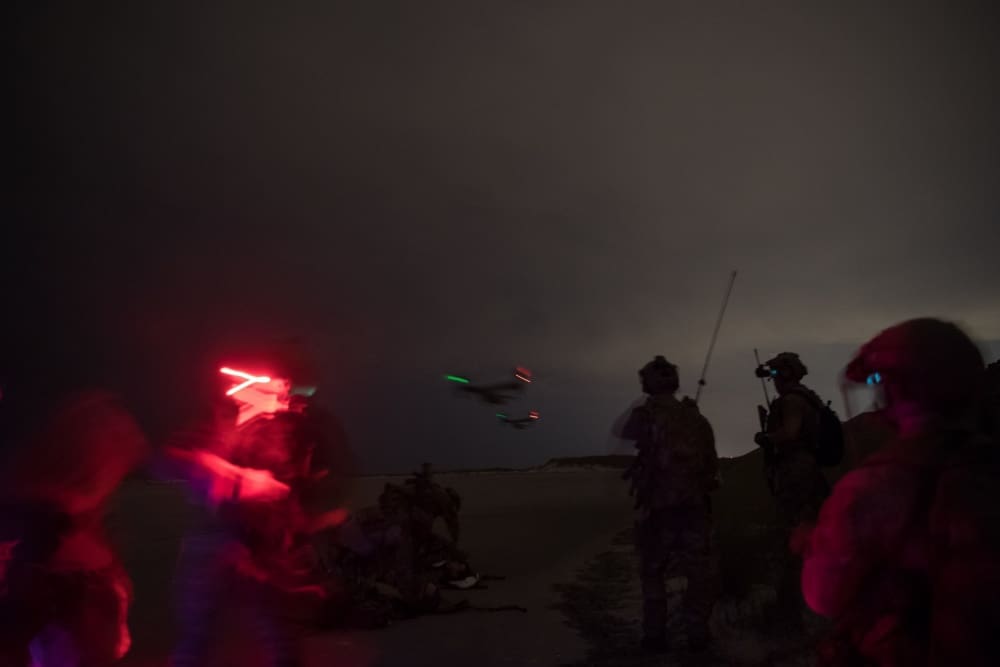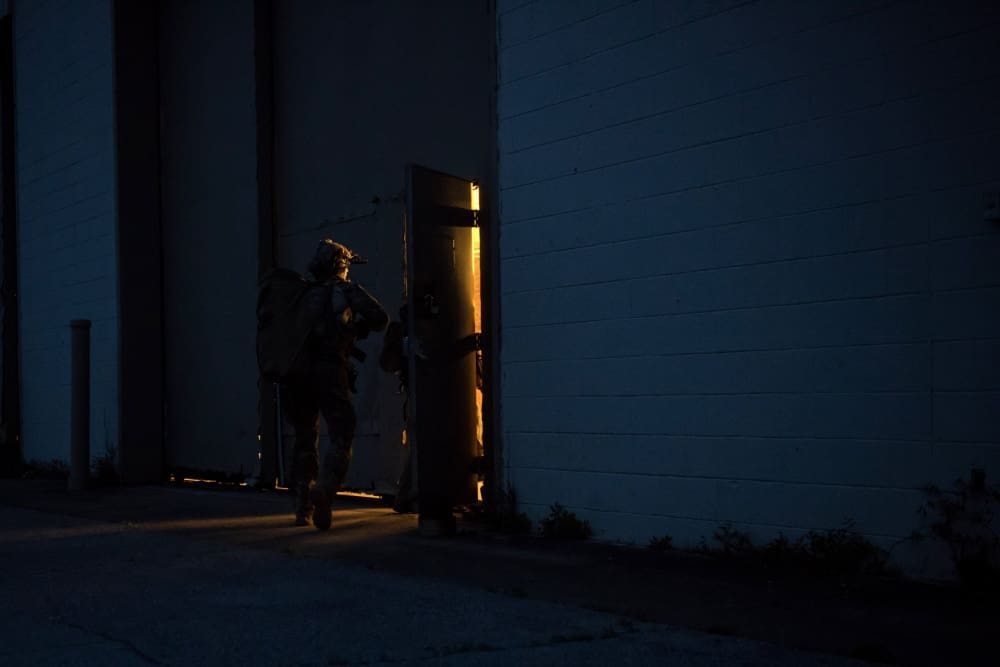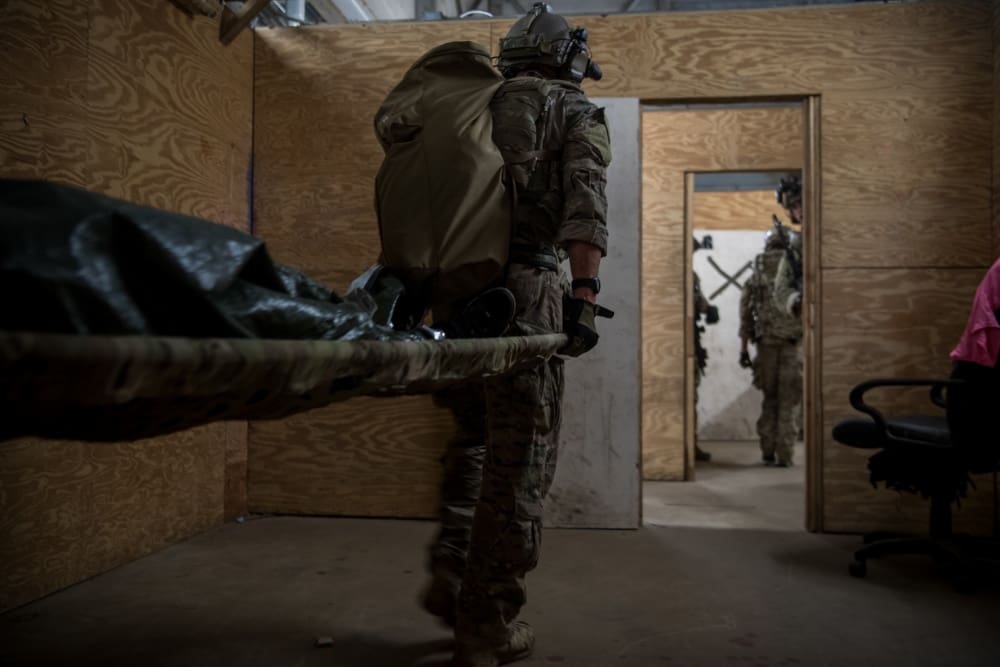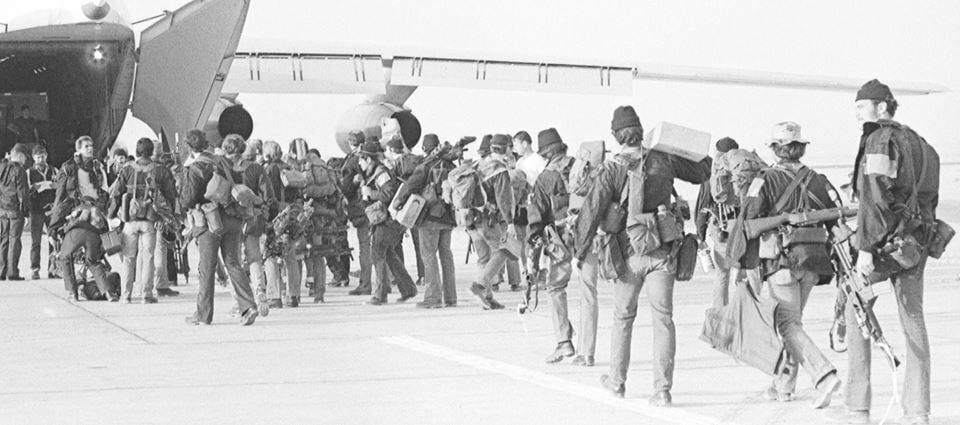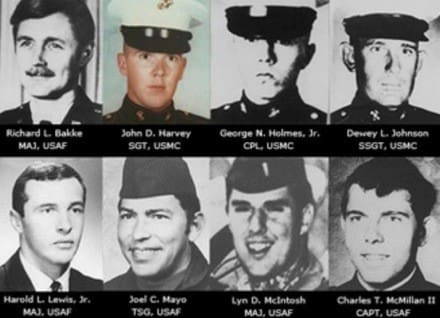The United States Special Operations Command, Special Operations Forces Acquisition, Technology, and Logistics (SOF AT&L), Directorate of Science and Technology (S&T) has issued a new Broad Area Announcement to industry, communicating its investment strategy in FY21 and beyond which focuses on SOF modernization development efforts that include more encompassing, disruptive technology efforts that are larger in scope and meet the demands of the strategic vision and Future Operating Environment (FOE). USSOCOM will continue making some investments in Special Operations Forces (SOF) enhancements in the programs of record. USSOCOM employs capabilities in all domains: terrestrial, maritime, air, space, and cyber.
SOCOM desires advancements in technology across six capability focus areas which are directly aligned with the USSOCOM Capability Planning Guidance:
• Biotechnologies and Human Interface
• Hyper Enabled Operator
• Network and Data Management
• Next Generation Effects
• Next Generation Intelligence Surveillance and Reconnaissance
• Next Generation Mobility
They are interested in receiving white papers from all responsible sources in industry, academia, individuals, Federally Funded Research and Development Centers, National Laboratories, and Government laboratories capable of pursuing, developing and evolving disruptive capabilities that must be made available to the SOF Operator within the next five to seven years in order to achieve mission success in the Future Operating Environment (FOE). That environment will be austere, with SOF operating on their own, or with very little support.
That includes satellite denied/disrupted environments, under threat of targeting by high?end military capabilities, including Weapons of Mass Destruction, where the Cyber and Electronic Warfare domains are contested and increased scrutiny is routine. The Future Operating Environment (FOE) is a world of “Convergence”: the point where the gap between non-state and state actor capabilities diminishes and the threat to force and mission success increases significantly. Core SOF missions such as Direct Action, Counterterrorism, Security Force Assistance, Counter Proliferation of Weapons of Mass Destruction and more are not expected to change significantly; however, the operational environment in which these missions will be executed is changing in accordance with global themes and trends. SOF missions will not significantly change, but the environment in which they are conducted is, and will continue, to change significantly.
The SOF Operator remains the central focus of all efforts and is the subject of a dedicated program. In order to negotiate this environment, SOCOM envisions a Hyper Enabled Operator (HEO) who is a SOF professional empowered by technologies that accelerate tactical decision making by increasing situational awareness and reducing cognitive workload.
No single technology will independently make operators hyper enabled. Instead, operators will become hyper enabled through the integration of technologies. More specifically, the Hyper Enabled Operator will have technologies which permit the persistent, near?real?time collection of data; the rapid, automated distillation of those data into mission relevant information; the dissemination of that information to the personnel who require or can best use it; the presentation of that information in easily understandable formats and user?friendly modalities; the ability to use that information to select, direct, and implement tailorable, non? lethal and lethal effects to best meet mission objectives; all while maintaining freedom of movement and tactical invisibility. Thus, S&T seeks white papers in the areas of Next Generation Intelligence Surveillance and Reconnaissance, Networking and Data Management, Biotechnology and Human Interface, Next Generation Effects and Precision Strike, and Next Generation Mobility and Signature Management to build the Hyper Enabled Operator.
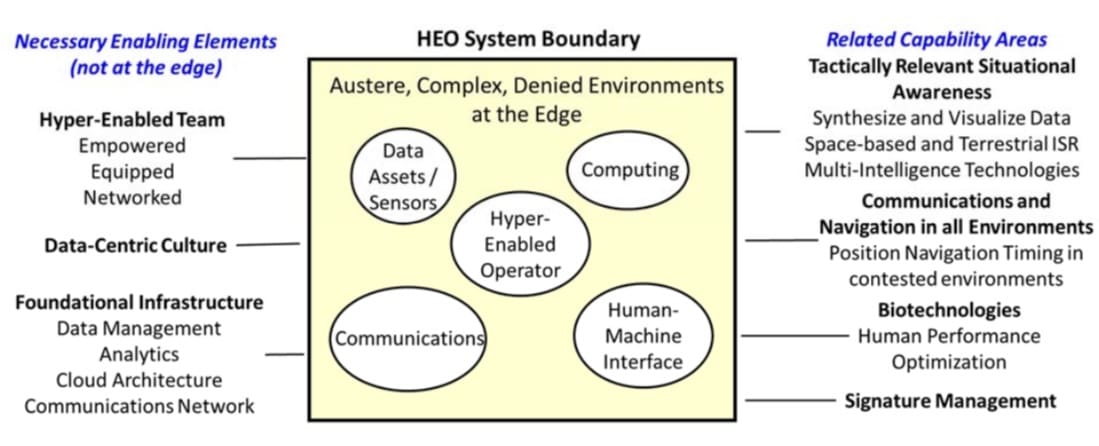
Offerors who wish to be considered for award in the fiscal years 2020 and 2021 must submit white papers on or before 21 May 2020, at 11:00 a.m. EDT,
This BAA will remain open for 5 years until 31 December 2025, unless superseded, amended, or cancelled.
Specific areas of focus are available at SAMS. Read it on beta.sams.gov…if you dare.
Ok, it’s a cheap shot, but SAMS is still a beta even though both industry and government rely on it for procurement notifications. That thing is a trainwreck.
